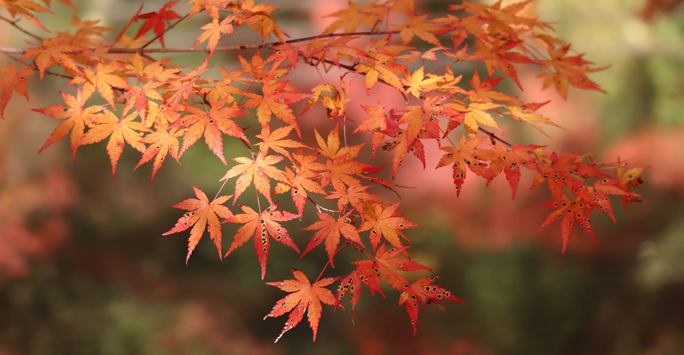My Memories of the Check-in Chat Project
Posted on: 8 December 2020 by Dr Anna Chen in General

Everyone in the world is trapped by the Covid-19 pandemic and it seems that we can only wait and hope that it will soon come to an end. The world has pressed the pause button, and we are all restricted in what we do, wherever we are.
In the UK we can only listen to the government's arrangements, follow them and trust they will prevent the spread of the coronavirus.
This has a huge impact on the university for its International students: will they be too frightened to come, will their parents stop them or will there be no flights? These are real challenges affecting our overseas students decisions.
SEE’s response to these worries was to devise the Check-in Chat scheme. It is intended to reassure the students by welcoming them individually, providing them with all the information they need and giving them a personal contact.
I was one of seventeen staff from SEE who volunteered to be involved in the project under the direction of Chris Fawn. We had our first meeting on 21 September.
My role is to welcome the Chinese students who are arriving in Liverpool for the first time, many of whom will be on the 2+2 XJTLU programme.
My first assignment was to contact ten students which I did between the 24 and 28 September. At the start of October the number of students I was responsible for increased to over 100!
At that time, I was working from home in China because my father was very ill in hospital having had a stroke. I visited him all day every day and sat by his bedside. Fortunately, the hospital had excellent Wi-Fi so I was able to make contact with the students from there. The Chinese students who had just arrived in Liverpool were still jetlagged and still in China time, which matched me!
With so many students, I started to contact them in groups of six to make it easier. By the middle of October, I had 250 students and the students, of course, replied individually. By this time, Chris had produced five list of arriving students and so I had to trawl through all these to find each individual student. Some replied with their full name, some with nickname and some with no name at all, just leaving their email address to trace.
By the end of the process in November, my student numbers had increased to 730.
For students who hadn’t replied after a week I sent them a reminder email. Eventually over 65% of the students, I contacted replied.
Initially the problems raised were mainly concerned with food, but gradually a few mentioned student ID cards, their BRP card and registering with the police causing a few issues. These were resolved by Student Services.
Several students asked for my WeChat in case of problems. This proved very helpful when the friends of one of the students became stuck in the lift of their private accommodation. I advised him to call the emergency services if the accommodation office couldn’t help. He did and the situation was resolved by the fire service.
One of the earliest arrivals found the loneliness of quarantine and the whole situation very stressful and decided to return to China for a gap year with intention of coming again next September.
Many students report that their cooking skills showed a huge improvement during quarantine. They now cook a lot for themselves, something they never did at home.
Otherwise, the vast majority of the Chinese students I am in contact with speak very highly of the arrangements the university has made for them and are very pleased to be here.
We are witnessing the fragility of life that is teaching us to cherish and appreciate the warmth and happiness in front of us and the development of the “Check-in Chat” programme has given students a welcoming and friendly voice to help them settle in during these difficult times.
One day, the pandemic will pass, and the world will be a safe and sound place. Let us have hope in our hearts, embrace tomorrow with love.
Keywords: International Students, Memories, Check-in Chat, Covid-19, Culture, Chinese Students, Quarantine, Isolation, Support, Student Service.